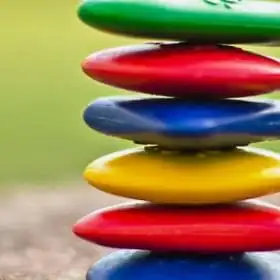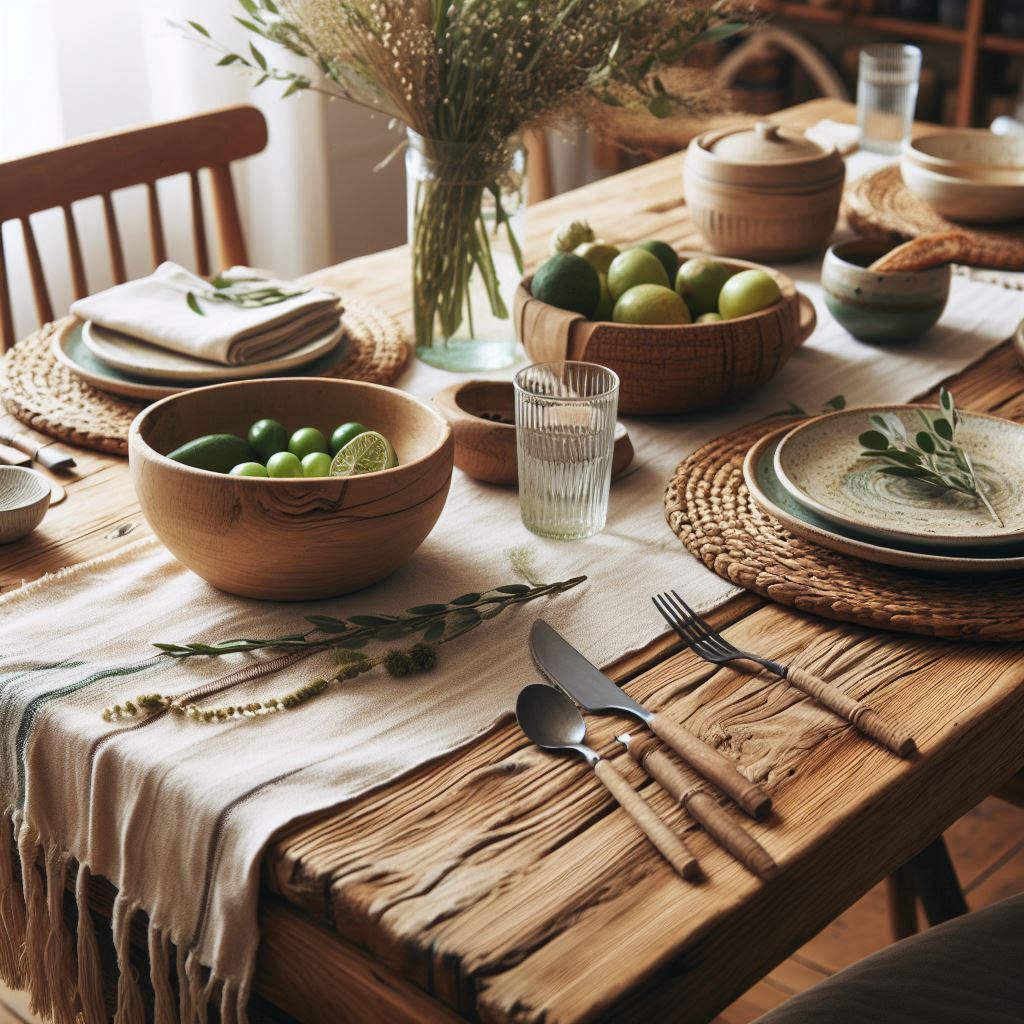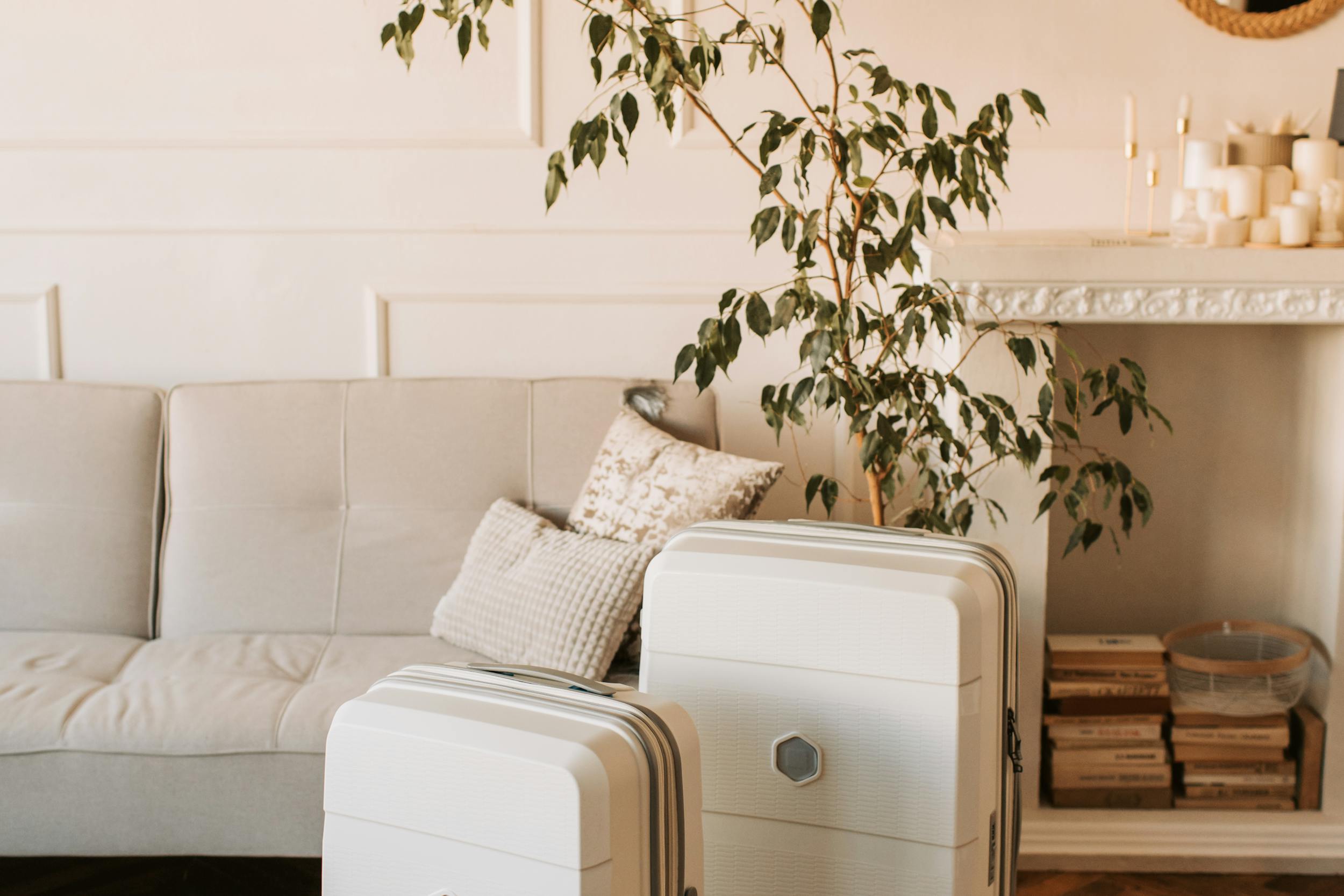In a world where sustainability and wellness are becoming top priorities, incorporating natural and organic materials into your home decor and garden design is more than just a trend—it’s a lifestyle. From the calming textures of wood and stone to the vibrant energy of indoor plants, these elements can transform your space into a serene, eco-friendly haven. Whether you’re redesigning your living room or revamping your backyard, here’s how you can use natural materials to create a harmonious and stylish environment.
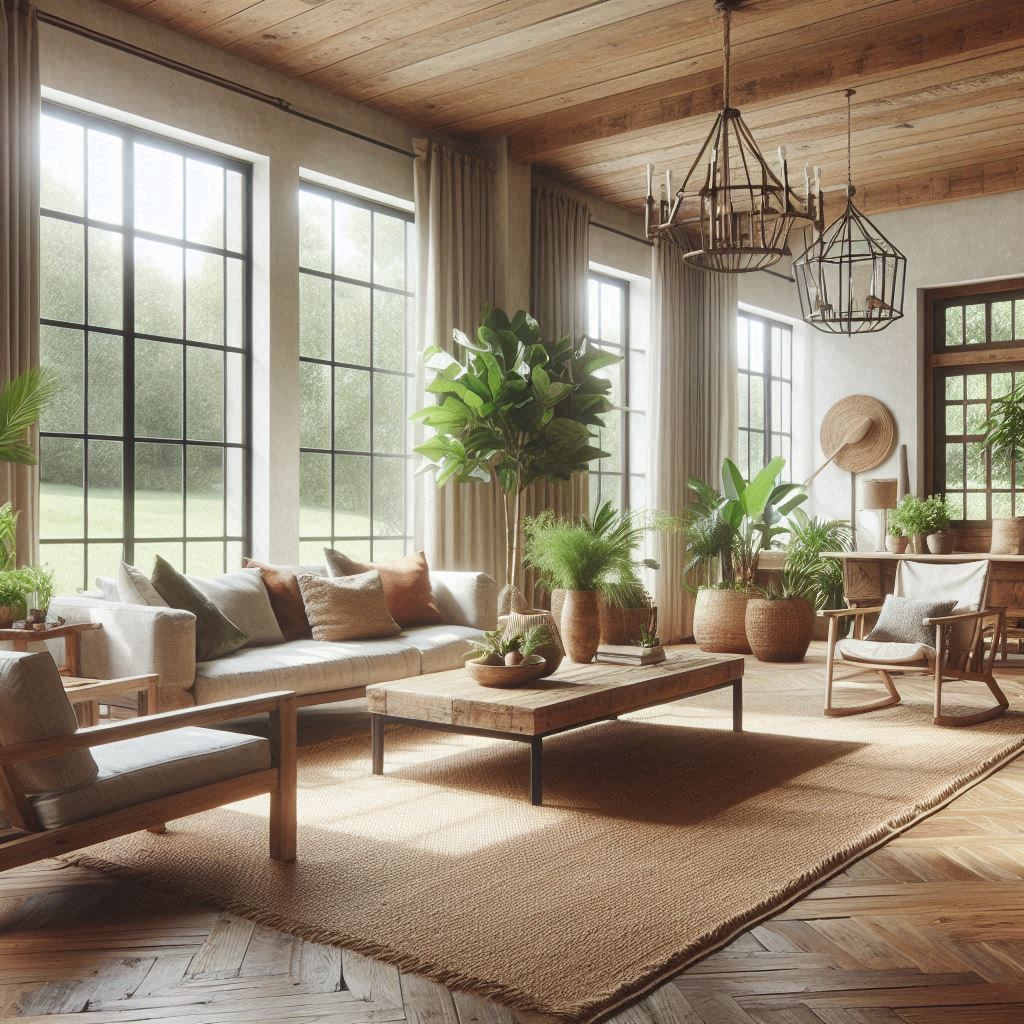
Why Choose Natural and Organic Materials?
Natural materials are not only aesthetically pleasing but also environmentally friendly. They bring a sense of warmth, authenticity, and connection to nature that synthetic materials often lack. Here are a few reasons why they’re worth considering:
– Sustainability: Organic materials like bamboo, cork, and reclaimed wood are renewable and have a lower environmental impact.
– Health Benefits: Natural materials are often free from harmful chemicals, making them safer for your family and pets.
– Timeless Appeal: Unlike trendy synthetic options, natural materials never go out of style and age beautifully over time.
– Biophilic Connection: Incorporating nature into your space can reduce stress, boost creativity, and improve overall well-being.
Top Natural Materials for Home Decor
1. Reclaimed Wood
Reclaimed wood is a star player in sustainable home decor. Whether it’s a rustic dining table, a chic headboard, or floating shelves, this material adds character and history to any room. Its unique grain patterns and imperfections tell a story, making your space one-of-a-kind.
Pro Tip: Use reclaimed wood for accent walls or ceiling beams to create a cozy, cabin-like vibe.
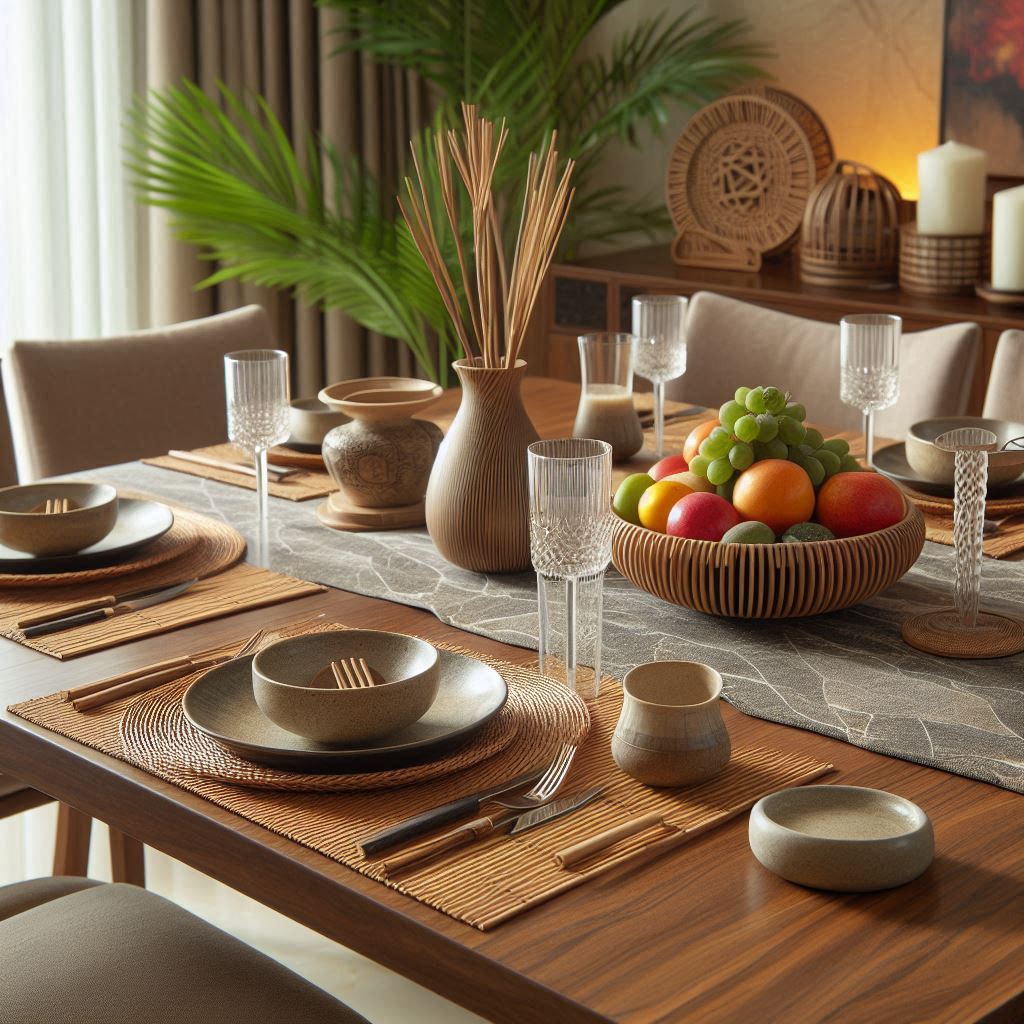
2. Bamboo
Bamboo is a fast-growing, renewable resource that’s perfect for eco-conscious decor. Its lightweight yet durable nature makes it ideal for furniture, flooring, and even decorative accents like lampshades or planters.
Pro Tip: Pair bamboo furniture with soft linen textiles for a relaxed, tropical feel.
3. Natural Stone
From marble countertops to slate flooring, natural stone adds a touch of luxury and elegance to any space. It’s also incredibly durable and easy to maintain, making it a practical choice for high-traffic areas.
Pro Tip: Use smaller stone pieces as coasters, trivets, or decorative bowls to bring a natural element into your everyday life.

4. Organic Textiles
Swap out synthetic fabrics for organic cotton, linen, jute, or wool. These materials are not only sustainable but also breathable and soft to the touch. Use them for curtains, rugs, throw pillows, and bedding to create a cozy, inviting atmosphere.
Pro Tip: Layer different textures, like a jute rug with a linen sofa, to add depth and interest to your decor.
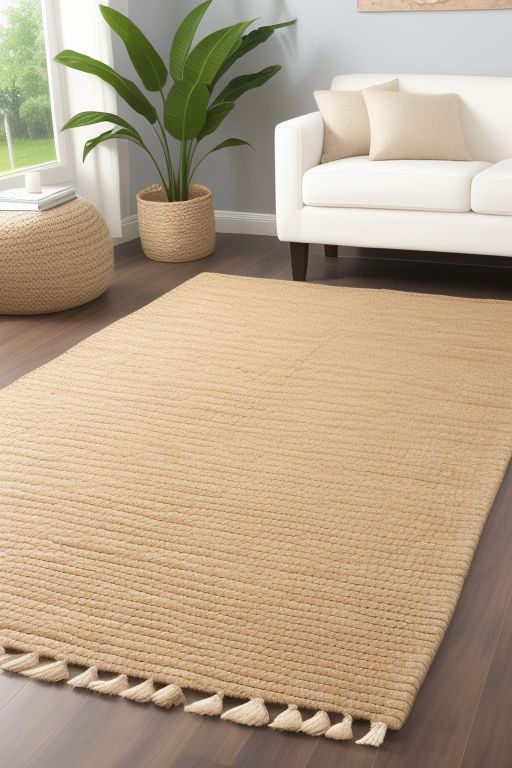
5. Indoor Plants
No natural decor scheme is complete without greenery. Indoor plants like fiddle-leaf figs, snake plants, and pothos not only purify the air but also add life and color to your space.
Pro Tip: Use woven baskets or ceramic pots to display your plants for an extra touch of organic charm.
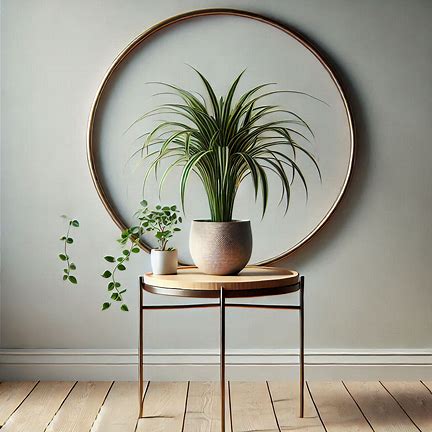
Incorporating Natural Materials into Garden Design
1. Stone Pathways and Patios
Create a timeless look in your garden with stone pathways or patios. Materials like flagstone, gravel, or pebbles blend seamlessly with nature and require minimal maintenance.
Pro Tip: Add moss or ground cover between stones for a lush, fairy-tale effect.
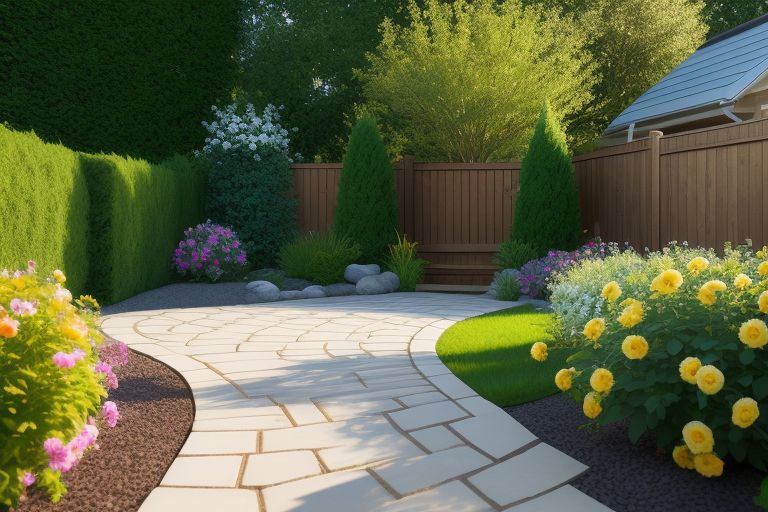
2. Wooden Garden Structures
From pergolas to raised garden beds, wood is a versatile material for outdoor spaces. Cedar and redwood are excellent choices due to their natural resistance to rot and insects.
Pro Tip: Stain or seal wooden structures to protect them from the elements while maintaining their natural beauty.
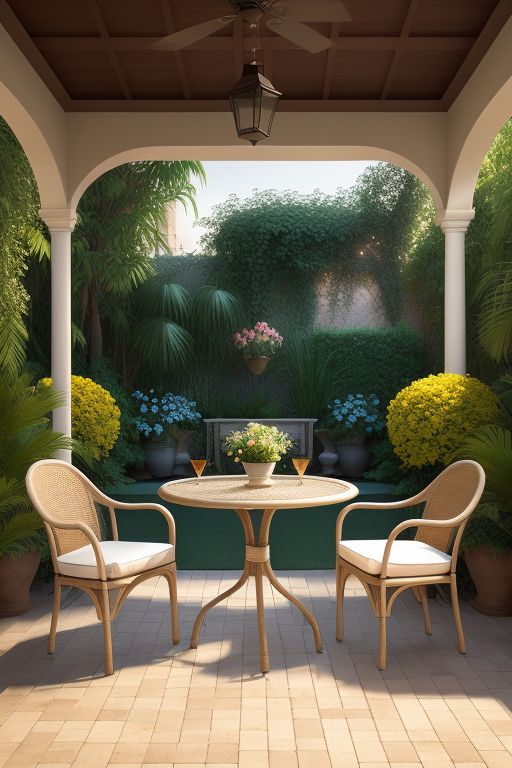
3. Organic Mulch and Compost
Enhance your garden’s health and appearance with organic mulch or compost. These materials improve soil quality, retain moisture, and reduce weed growth—all while looking neat and natural.
Pro Tip: Use cocoa bean mulch for a rich, dark color and a pleasant chocolatey scent.
4. Natural Water Features
Incorporate a water feature like a stone fountain or a small pond to create a tranquil focal point in your garden. The sound of flowing water adds a soothing ambiance and attracts wildlife.
Pro Tip: Surround your water feature with native plants and stones for a seamless, natural look.
5. Eco-Friendly Lighting
Select solar-powered garden lights or lanterns made from natural materials like rattan or bamboo. These options are energy-efficient and add a warm, inviting glow to your outdoor space.
Pro Tip: Hang string lights in trees or along fences to create a magical evening atmosphere.
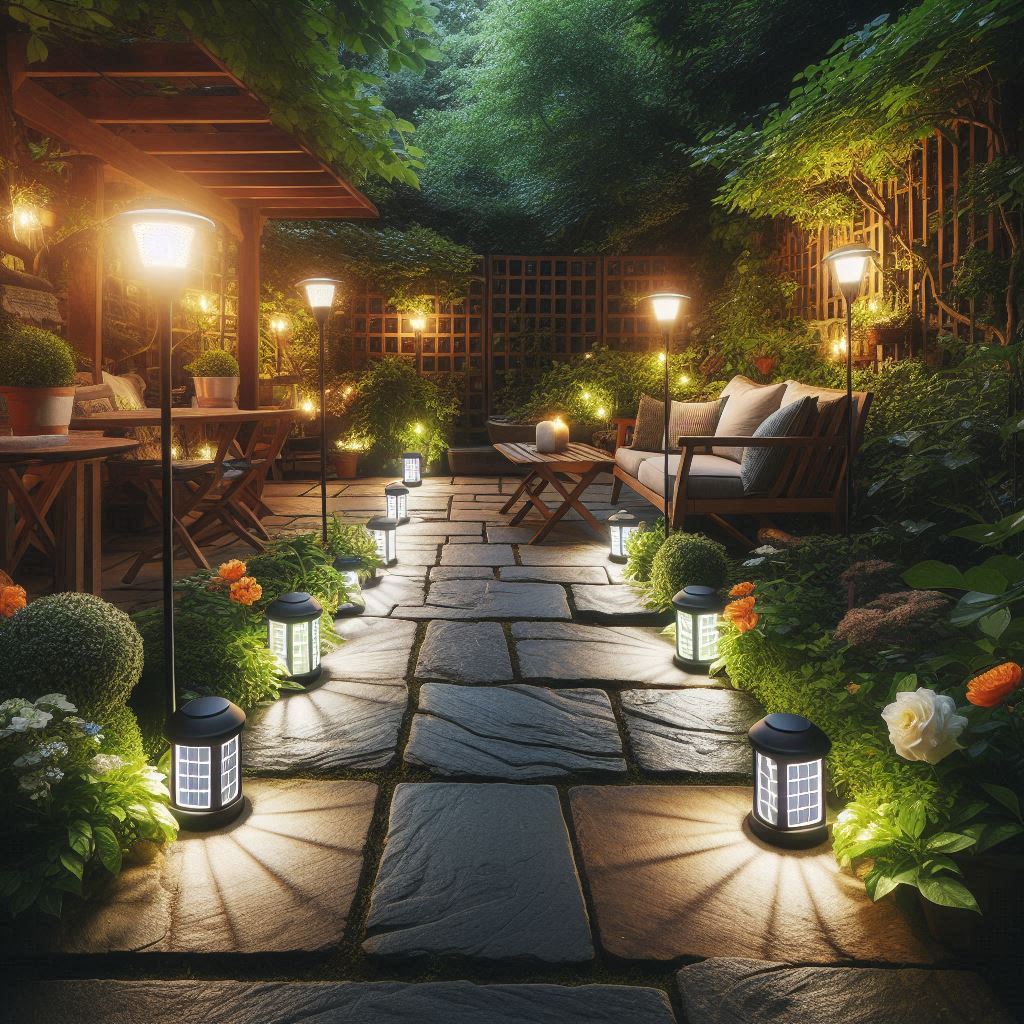
Tips for Blending Natural Materials into Your Space
– Balance is Key: Mix different textures and materials to avoid a monotonous look. For example, pair smooth stone with rough-hewn wood or soft textiles.
– Stick to a Neutral Palette: Natural materials often come in earthy tones like beige, brown, and green. Use these as your base and add pops of color with accessories or plants.
– Less is More: Let the beauty of natural materials shine by keeping your decor simple and uncluttered.
– DIY Projects: Get creative with DIY projects like building a reclaimed wood coffee table or crafting a macramé plant hanger.
Takeaways for Home and Garden Lovers
Using natural and organic materials in your home decor and garden design is a rewarding way to create a space that’s not only beautiful but also sustainable and healthy. By embracing the textures, colors, and energy of nature, you can transform your home into a sanctuary that reflects your values and enhances your well-being.
Ready to start your natural decor journey? Share your favorite ideas in the comments, and don’t forget to subscribe for more tips on sustainable living! Happy decorating!
